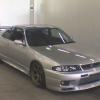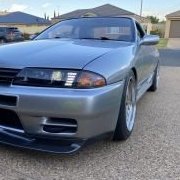Announcements
-
Similar Content
-
Latest Posts
-
IC7 dash is soon to be able to have inputs wired directly in.... oh wait... you dont like nintendo switches do you 😆
-
By Dose Pipe Sutututu · Posted
I've got DBW, easily done via the Haltech. Just need to feed in brake & clutch input however I'm out of inputs. Will need an IC10 dash or I/O expander to get more inputs. -
And what you now need is cruise control for your 'line to get even better economy . . . . or build one to suit . . . . . . . . wait like I did . . . . . . . and never again . . . . . . . . I'd rather snort wasabi ! ! !
-
The base problem was the turbo actuator arms. I could have just done the turbos but opted to do all supporting hardware at the same time to really future proof the car for me. But yeah, wont be much change from $6k.
-








Recommended Posts
Create an account or sign in to comment
You need to be a member in order to leave a comment
Create an account
Sign up for a new account in our community. It's easy!
Register a new accountSign in
Already have an account? Sign in here.
Sign In Now